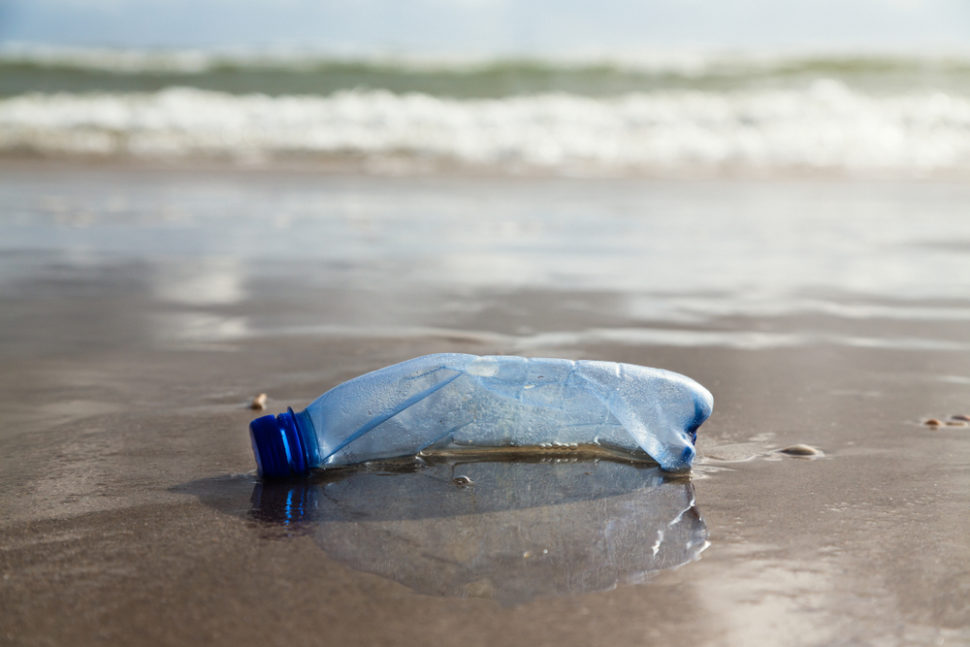A district in Amsterdam is currently testing an innovative way to prevent plastic waste from flowing out to the sea. It involves using an air bubble barrier.
Plastic pollution is the most prevalent problem affecting marine life.
We currently produce over 300 million tons of plastics every year, and 8 million of that makes its way to the ocean. What’s more, these ocean plastics make up 80 percent of all marine debris – whether its in the surface waters or deep-sea sediments.
So, it’s not rare to find fishes entangled in plastic debris. Ingestion of plastics has led to severe injuries in some ocean species – or worse, death.
Not only does plastic pollution threaten food safety and quality, but it puts human health at risk too. Also, it contributes to climate change.
As a result, researchers are continually devising new ways to deal with the menace. An example of such is using computer modeling to track ocean plastics in the ocean.
Meanwhile, the canals in Westerdok district in Amsterdam now have an air bubble barrier to keep plastic wastes out of the ocean altogether.
Here’s how it works
How a Simple Air Bubble Barrier Could Prevent Ocean Plastic Waste
A perforated tube carries compressed air at the bed of the canal and emits a bubble barrier.
The bubbles essentially trap plastic waste without disturbing aquatic life or hindering boat movement. Not only does the air bubble barrier prevent the flow of plastics, but it can also push submerged debris to the surface for capture.
The engineers laid the tube such that the river flow would direct the waste to a side of the canal. Then a floating platform would come in to collect the plastics.
Currently, Amsterdam’s garbage-collection boats remove nearly 42 metric tons of plastic from the city’s canal every year. The hope is that the air bubble barrier would enhance the work, and help capture smaller particles of waste.
In a formal pilot, the device’s prototype reportedly trapped an average of 86 percent of plastic waste, preventing it from polluting the North Sea.
The city intends to continue analyzing the trapped waste to gain an insight into the extent and type of plastic wastes. Also, they want to monitor the barrier’s effectiveness over time.


















Comments (0)
Least Recent